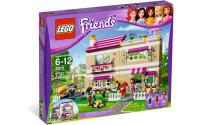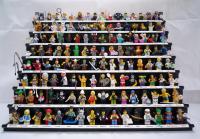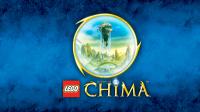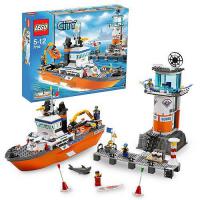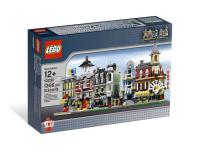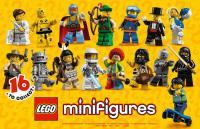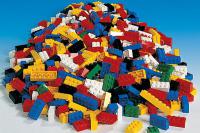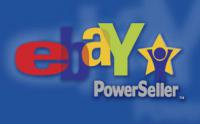
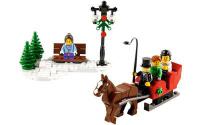
If you've been investing for any appreciable amount of time, you'll be aware that Brick Friday is one of the most important events on a LEGO investors calendar. Personally, I drive my wife nuts outlining various purchasing strategies for this special time - how to maximize my purchases within a limited budget. Also to consider is how to maximize the number of free holiday promo sets; each order ideally just clears the minimum to obtain the goodies TLG offers buyers, like a carrot in front of a hungry mule. (We are the mules in this analogy, and by god we want that carrot)
For real newcomers to BrickPicker.com, we've just passed another Brick Friday and you'll have to stick around for another eleven or so months to experience the rush. I can briefly outline what it is all about. Traditionally (at least in my limited Brick Friday experiences) LEGO VIP members (which should be pretty much everyone as it is free to join) get access to limited deals the weekend before Black Friday in the USA. Generally I don't find the deals all the enticing, but there are usually better incentives - double or triple VIP points and free Christmas-themed Creator Holiday sets if your order exceeds a set dollar amount. The combination of triple VIP points and a neat little Christmas set that can be sold (if desired) can make large LEGO exclusives and large hard to find sets much more reasonable in price - the catch being you have to use those VIP points on more LEGO, but if you are investing in LEGO it shouldn't be too difficult to find LEGO sets you want from S&H. Another wrinkle is that in 2011 and 2013, there were two sets that were available at different times, encouraging people like you and me to buy plenty of LEGO sets during both promotional periods to get matching sets.
This brings us to MartinP's real question - do these holiday promos have any serious investment potential? If not, and they are going to generally plateau at a certain price point, when is the best time to sell these adorable little sets? After all, we're all looking to maximize our returns on these little free sets so we can get what we really want - large LEGO sets at a 'discount'.
Below I'd like to detail the original offers on the promo sets as well as their success on the secondary market. Below that, I'll include my take based on a quick check of current ebay sold listings that haven't been included in the Brickpicker database for December 2013.
What can we learn from this data? First, I think that the 2011 sets don't display that well with other Winter Village sets (Toy Shop, аakery, Cottage, etc.) and are therefore not as desirable. Also, the Santa minifigure in the second 2011 holiday set might be the catalyst for its slightly better growth. That being said, recent ebay sold listings for December 2013 show that all sets listed above are selling for more than their Brickpicker average, leading me to ascertain that (duh) these sets will sell for a higher price around the holiday season.
My personal take is that these sets appear in huge numbers immediately following the promotion and it is unlikely you are going to get the best value from your set with a quick flip. I managed to hit up a couple BIN auctions just after the promo (2013) and picked up two of the first holiday promos for $11.95 each, which I think is a little on the low side. So far there seems to be a ceiling of around $30 that these sets can command, making it more reasonable to use these not as a long term investment, but as a little bonus to reduce your buy in price of large LEGO exclusives.
My advice would be to avoid low starting prices on auctions - these seem to be the recent sold listings that sell for $20 and under - stick to BIN and there is plenty of evidence that you can get a higher price. Also, if you can grab a few pretty cheap right after they flood the market there may be an opportunity to make a decent return, but thus far there doesn't seem to be solid year-over-year growth. If you are going to invest and hold on to those hoping to buck the existing trends, stick to the sets from 2012 and 2013 as I think they work much better with the Winter Village series. You could also bundle these sets with Winter Village sets (if you are lucky enough to have a slew of EOL'ed sets, this could boost your return) to get more interest in your auctions.
Overall it seems like these neat little sets are most useful as a $25 discount (after fees, approximately) on a LEGO purchase. That being said, they are very popular - typically among the most sold sets during the holidays, so I would be interested in seeing if someone can invest in quite a few of these little guys and hold them for another 2-4 years to see if they can grow. They are small, and easy to store, but I think you'd have to invest in a large number of sets in order to see a sizeable total profit - personally, I'll sell them, take the money and run.
- Read more...
- 4 comments
- 2,292 views

